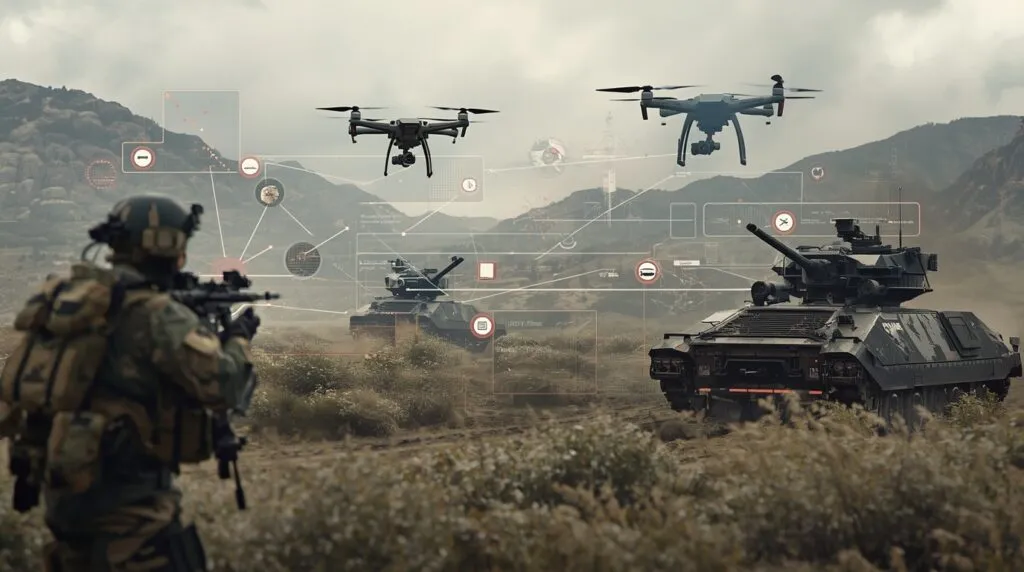The defence technology landscape is undergoing a seismic shift, one that rivals the transformative changes of the Cold War era. Geopolitical tensions, rapid technological advancements, and evolving innovation models are reshaping the sector, with nations now relying as much on chips, data, and algorithms as they do on traditional military hardware. This shift is not just about new tools but a fundamental reimagining of how defence capabilities are developed, deployed, and sustained.
For decades, defence research and development (R&D) drove innovations that later trickled down to civilian applications—think GPS and the internet. Today, that pipeline has reversed. Civilian technologies like artificial intelligence (AI), cloud computing, 5G, and small satellites are being rapidly adapted for military use. This inversion has opened the door for agile start-ups and small and medium-sized enterprises (SMEs), many of which are better positioned than legacy contractors to deliver cutting-edge solutions at speed.
The rise of unmanned and autonomous systems is a prime example of this transformation. Drones, once considered niche assets, have become central to both intelligence and combat operations. The war in Ukraine has demonstrated how inexpensive unmanned aerial vehicles (UAVs) can alter battlefield dynamics, while Israel and China are experimenting with AI-enabled swarms and underwater autonomous systems. Autonomy is no longer experimental; it is now a strategic imperative.
Just as autonomy is redefining the physical battlefield, cyber and information operations are shaping an invisible one. Modern militaries are now as concerned with defending data streams as they are with protecting airspace. Attacks on critical infrastructure, satellite networks, and communications can paralyse an army without a single shot being fired. AI-driven systems that detect intrusions in real time and electronic warfare tools that jam or spoof adversary networks are becoming as critical as tanks or missiles.
Another dimension of this transformation is the militarisation of space. Satellites now underpin navigation, communications, missile defence, and early warning. The U.S. created the Space Force to secure orbital supremacy, while India demonstrated its intent with the 2019 Mission Shakti anti-satellite test. For all major powers, orbital resilience has become as critical as air superiority once was.
For India, this convergence of strategy, technology, and industry represents a once-in-a-generation opportunity. The country is leveraging its strengths in software, AI, and space to build dual-use defence innovation. Indigenous projects in UAVs, radars, and secure communications are gaining momentum, with the long-term vision of achieving self-reliance and export potential.
Equally important is training and readiness. Advanced simulators using virtual and augmented reality (VR/AR) are reducing costs, improving preparedness, and enabling safer, scalable training. Indigenous companies have delivered VR flight and vehicle simulators to the Indian Air Force and Army, illustrating how private sector innovators are complementing national defence priorities with high-fidelity, indigenous solutions.
“Defence innovation is not only about protecting borders, but also about creating jobs, building industrial depth, and strengthening civilian industries,” said A S Keshav, CEO of KS Smart Solutions. “The future of defence technology will be defined by two imperatives: the integration of AI and autonomy across domains, and the fusion of civilian and military innovation ecosystems. Nations that align these imperatives will not only secure sovereignty but also establish themselves as global hubs of innovation.”
The rise of indigenous players like KS Smart further underscores how Indian start-ups can help the country transition from a buyer to a builder in the global defence value chain. Defence has always been about protecting a nation’s present. Today, it is equally about safeguarding its technological future.

